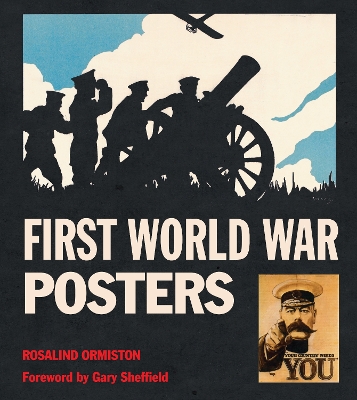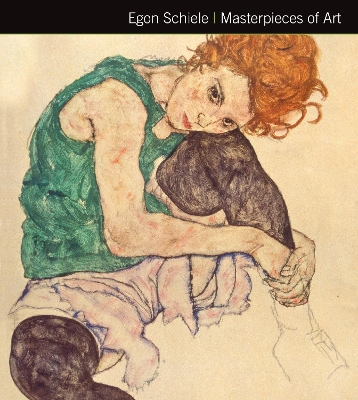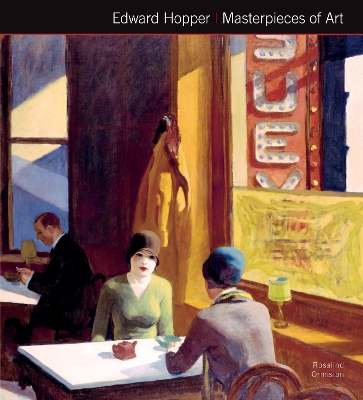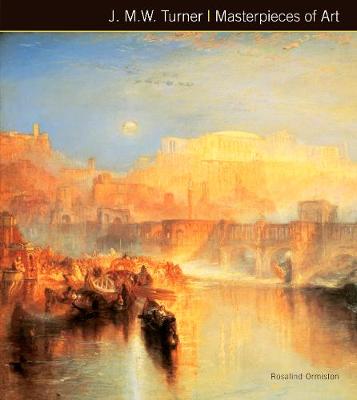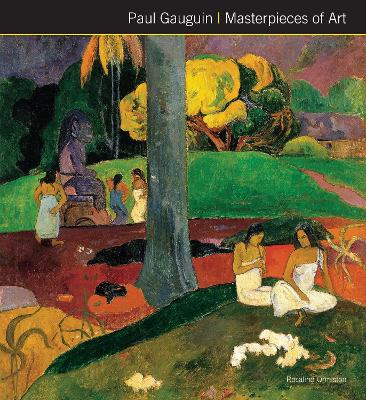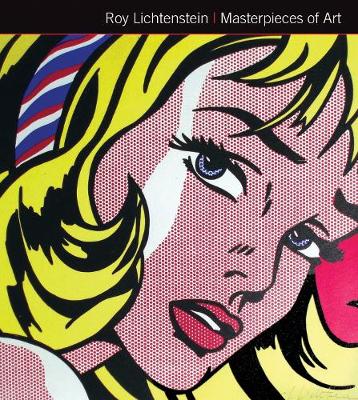Masterpieces of Art
7 total works
Bosch lived and worked over 500 years ago in the Netherlands’ town of ’s Hertogenbosch, from which he takes his name. He is best known for his fantastical, wondrous art full of strange creatures both grotesque and heavenly. The work he has left behind still defies the imagination. Taking account of the latest research, Hieronymus Bosch: Masterpieces of Art gives an overview of what is known of this elusive painter and draughtsman, and reproduces his (and some of his followers’) impressive work, from traditional Biblical stories with a Boschian twist, such as the Adoration of the Magi, to his apocalyptic Four Visions of the Hereafter. His diptychs and triptychs, such as the famously complex Garden of Earthly Delights are covered as well as his stunning line drawings, such as The Wood Has Ears, The Field Has Eyes.
